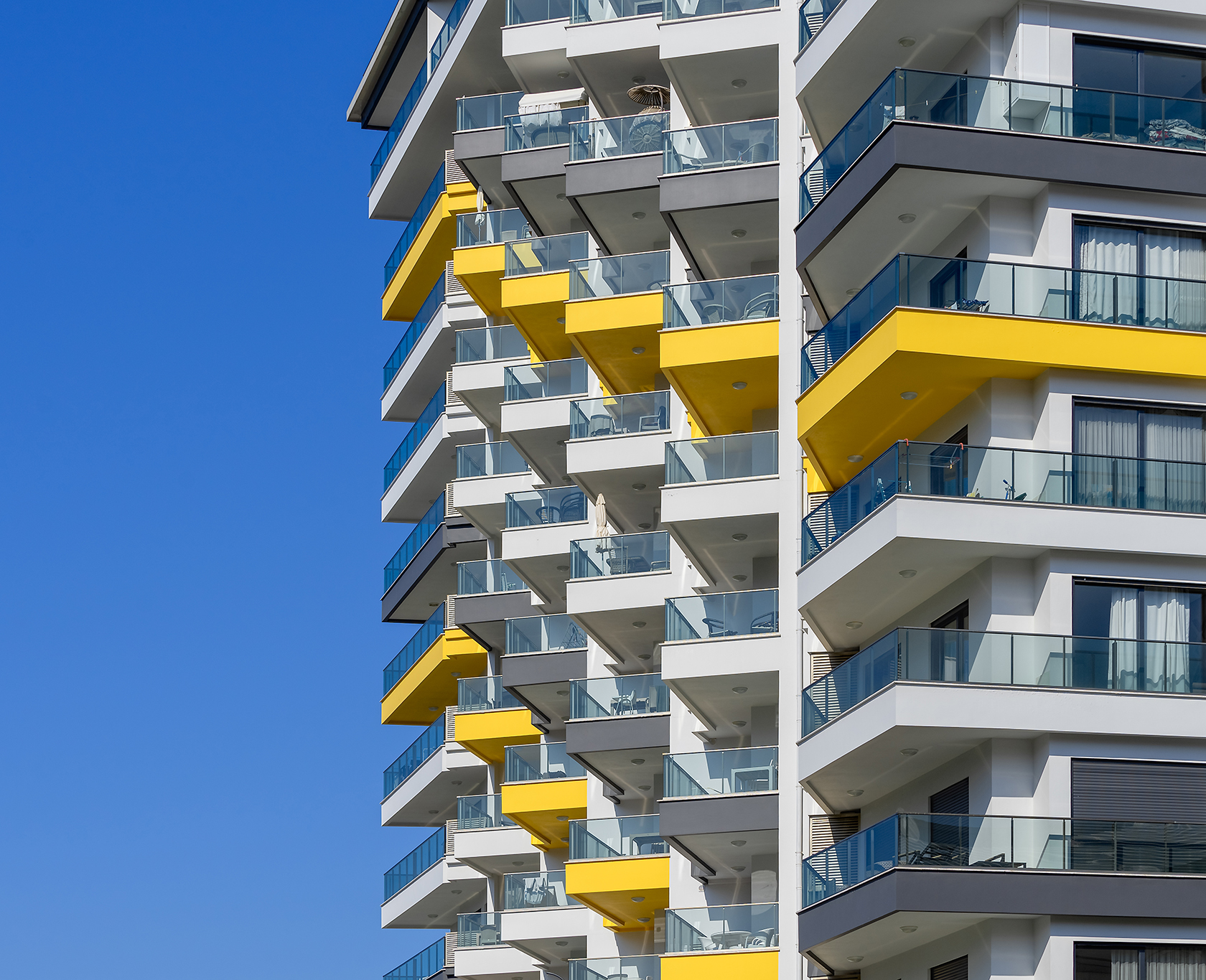The Function of an HOA in Developing and Enforcing Neighborhood Standards for Residents
The role of a Homeowners Organization (HOA) in imposing and establishing community guidelines is basic to maintaining a organized and natural property environment. By creating clear regulations that regulate aspects such as property upkeep and neighborhood conduct, the HOA not only establishes standards for homeowners but likewise fosters a feeling of belonging and accountability.
Recognizing House Owners Associations
Homeowners associations (HOAs) offer as regulating bodies for household communities, playing an important function in preserving home worths and promoting a feeling of area. Normally formed by designers, HOAs are made up of home owners within a designated area who elect a board to look after the organization's activities. The main functions of an HOA include implementing neighborhood policies, managing common locations, and arranging neighborhood events.
HOAs run under a collection of regulating papers, including constraints, covenants, and problems (CC&R s), which outline the legal rights and obligations of property owners. These guidelines intend to guarantee that properties are maintained to a certain standard, therefore shielding the visual allure and total value of the neighborhood. In addition, HOAs usually accumulate dues from home owners to money maintenance, landscape design, and various other social work.
The visibility of an HOA can significantly influence the living experience within a neighborhood (hoa condo). While some locals appreciate the structured setting and facilities offered, others may find certain laws limiting. Balancing the interests of all home owners is vital for an HOA to operate successfully, making sure that it serves its desired function of enhancing community living while appreciating private property owner legal rights
Developing Neighborhood Guidelines

To start, an HOA must perform studies or convene that allow locals to articulate their recommendations and worries. This participatory process promotes a feeling of ownership and increases conformity. Next, the HOA board should analyze the feedback to recognize common styles and top priorities that warrant official addition in the standards.
It is also vital to ensure that the standards are clear, concise, and easily understood. Ambiguities can result in misunderstandings and conflicts, threatening the function of the standards. Additionally, the standards should be extensive, covering numerous aspects of neighborhood living, including residential property maintenance, noise levels, and usage of typical areas.
Enforcement of Regulations
Effective enforcement of neighborhood guidelines is vital for preserving order and making sure that all citizens abide by the established standards. An HOA needs to apply a structured method to enforce these guidelines, which often involves a mix of monitoring, interaction, and penalties for non-compliance.
First, routine examinations and area patrols can help identify violations, making certain that guidelines are consistently applied across the area. This proactive monitoring permits the HOA to attend to concerns before they intensify, fostering a sense of responsibility among residents.
2nd, clear interaction is essential. Citizens must be notified of the rules and the treatments for reporting violations. An open line of interaction urges homeowners to voice worries and look for explanation on standards, which can enhance compliance.

Finally, when infractions take place, the HOA must enforce effects as detailed in the governing papers. This may include alerting letters, fines, or, in extreme instances, lawsuit. It is crucial that penalties are used rather and regularly to preserve trust within the area. By successfully applying rules, an HOA can cultivate a harmonious living setting that next page reflects the cumulative worths of its residents.
Benefits of HOA Laws
Countless benefits occur from the execution of HOA laws, which offer to enhance the quality of life within a community. One main benefit is the upkeep of building worths. By imposing criteria for appearances and maintenance, HOAs ensure that homes and common areas remain attractive, promoting a desirable living atmosphere that can lead to boosted property worths over time.
Additionally, HOA regulations advertise consistency and uniformity within the neighborhood. This comprehensibility in layout and upkeep assists to create a sense of belonging among citizens, adding to neighborhood pride and a favorable environment. Established standards assist in problem resolution amongst neighbors by supplying clear assumptions and protocols for actions, thus reducing disagreements.
An additional significant advantage is the arrangement of common amenities and solutions. Numerous HOAs take care of community centers such as clubs, swimming pools, and parks, which improve recreational opportunities for locals. These amenities not only enhance the high quality of life yet likewise urge social interaction.
Eventually, the guidelines stated by an HOA cultivate an efficient, unified neighborhood, making certain that locals appreciate a high requirement of living while fostering a helpful atmosphere for all house owners.
Common Obstacles Faced by HOAs
In the middle of the benefits that home owners associations (HOAs) can provide, they likewise run into a range of obstacles that can prevent their effectiveness. One considerable problem is the lack of resident engagement. Numerous home owners may not get involved in meetings or community tasks, leading to a detach between the HOA board and locals. This disengagement can lead to misunderstandings regarding area guidelines and an absence of support for enforcement initiatives.
Disputes can occur when homeowners really feel that enforcement is irregular or prejudiced, potentially leading to problems within the community. Furthermore, HOAs usually encounter financial constraints, which can restrict their capacity to preserve common areas or fund community projects.
Moreover, navigating lawful complexities can be daunting for directory HOAs. They have to ensure conformity with state laws while managing their very own controling papers, which can be a source of confusion. Progressing and altering demographics neighborhood needs call for HOAs to adjust their standards, usually satisfying resistance from long-standing locals who are accustomed to conventional standards. Resolving these obstacles is crucial for cultivating a harmonious and successful area.
Final Thought

By formulating clear regulations that regulate facets such as home upkeep and area conduct, the HOA not just sets criteria for citizens however also cultivates a sense of belonging and accountability.Homeowners associations (HOAs) serve as governing bodies for domestic areas, playing a crucial role in preserving residential property worths and fostering a sense of neighborhood. Several property owners might not get involved in conferences or area activities, leading to a detach between the HOA board and homeowners. Evolving and altering demographics area needs require HOAs to adjust their guidelines, commonly meeting resistance from long-lasting citizens that are accustomed to traditional standards. Via the growth of clear guidelines sites and consistent enforcement, HOAs advertise home upkeep, neighborhood satisfaction, and depend on amongst homeowners.
Comments on “Explore the Financial Aspects of HOA Condo Living”